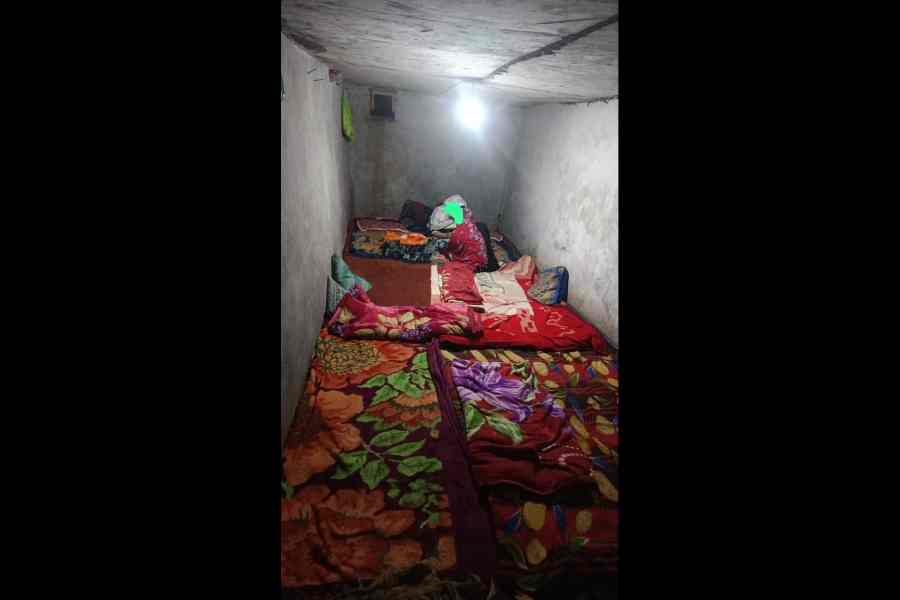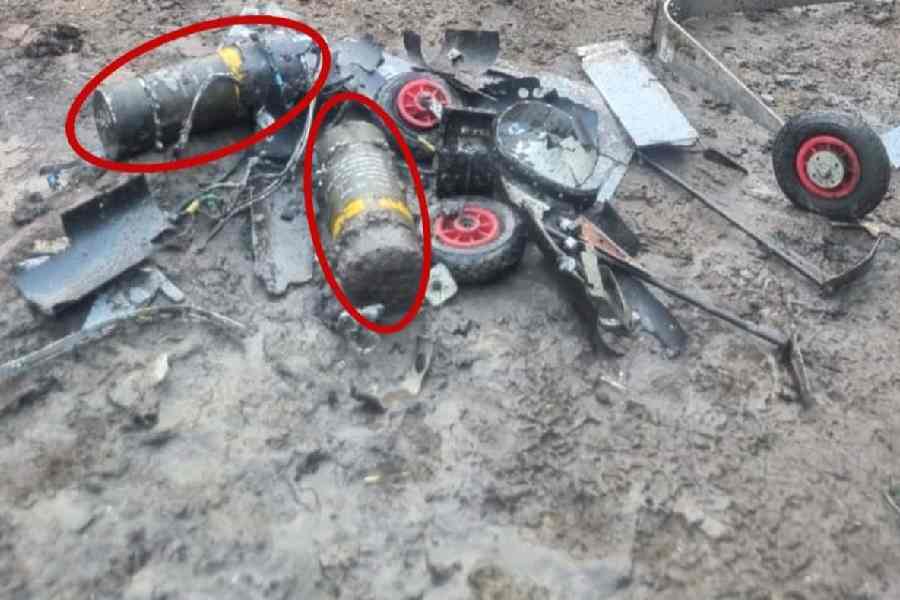 |
Guwahati, Sept. 20: Flyovers, those mammoth steel and concrete contraptions that rescue burgeoning cities from traffic chaos, will now steer man and animal away from a collision course in the middle of a famous wildlife habitat.
Two flyovers will be built on a stretch of National Highway 152, flanked by the wilds of Manas National Park in Assam, to divert speeding vehicles away from wild animals crossing the road. A 12-km stretch of the busy highway, which connects Pathsala in Barpeta district to Nganglam in Bhutan, cuts through the core area of the Unesco-designated World Heritage Site.
Sanctioned recently by the Union ministry of surface transport, the project will be the first of its kind in the country. The budget and the specifications of the proposed flyovers have not been finalised yet, but a source in the Shillong office of the chief conservator of forests said each of the structures would be between 1km and 2km long.
The field director of Manas National Park, A. Swargayari, said the flyovers would not only keep vehicles from running over migrating animals but also boost tourism. “Imagine cruising on the flyovers and looking below to see herds of wild animals moving from one side of the forest to another.”
The highway will be realigned to facilitate construction of the flyovers, resulting in a portion of it moving further east. The project includes two more bridges on the Pota, which flows along the Indo-Bhutan border.
Manas is not the only wildlife park in the state to face the problem of animals running into highway traffic. Kaziranga National Park, home to the world’s largest population of the one-horned rhino, loses animals every monsoon when marooned animals cross National Highway 37 in search of higher ground and are run over by speeding vehicles.
The Manas flyover project is the result of a suggestion made by the deputy commissioner of Baksa district, Anwaruddin Choudhury. The bureaucrat, who is also a conservationist and wildlife researcher, wrote to the superintending engineer of the public works department (national highways), Nalbari, on September 23, 2005 suggesting an alternative alignment for the last leg of NH 152 to prevent wildlife from being run over.
A meeting was convened on December 3 that very year to discuss the proposal for a realignment of the highway to create corridors for migrating wildlife. Engineers of the PWD’s highway division gave the proposal a thumbs up.
An elated Choudhury said the project would be a boon to wildlife in Manas. “There will be two 50-metre passages below the proposed flyovers at Daodhara for safe movement of elephants, bison, wild buffaloes, tigers and other animals.”
The bureaucrat recommended similar realignment of national highways and rail tracks running through wildlife habitats elsewhere in the state, including Kaziranga and the Lumding forest reserve.
Last month, a goods train mowed down two wild elephants, including a calf, near Deepor Beel on the outskirts of Guwahati. A speeding train had killed three elephants on a track running through the Rani-Garbhanga forest reserve near Azara in Guwahati in 2004.










